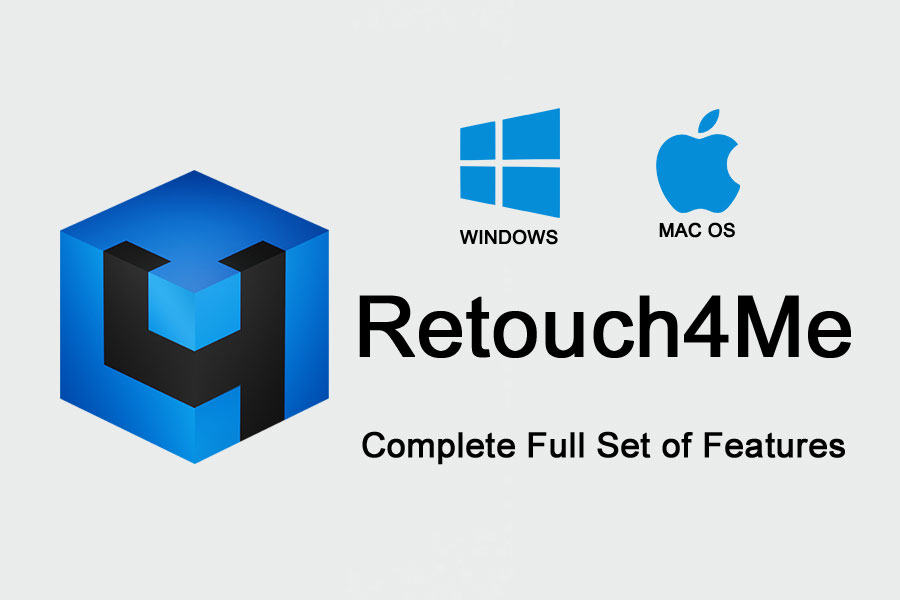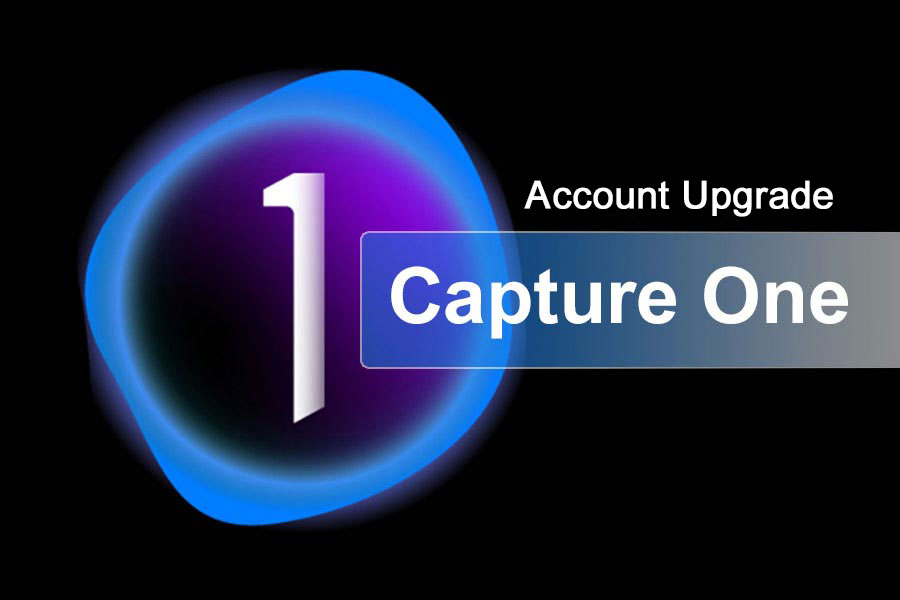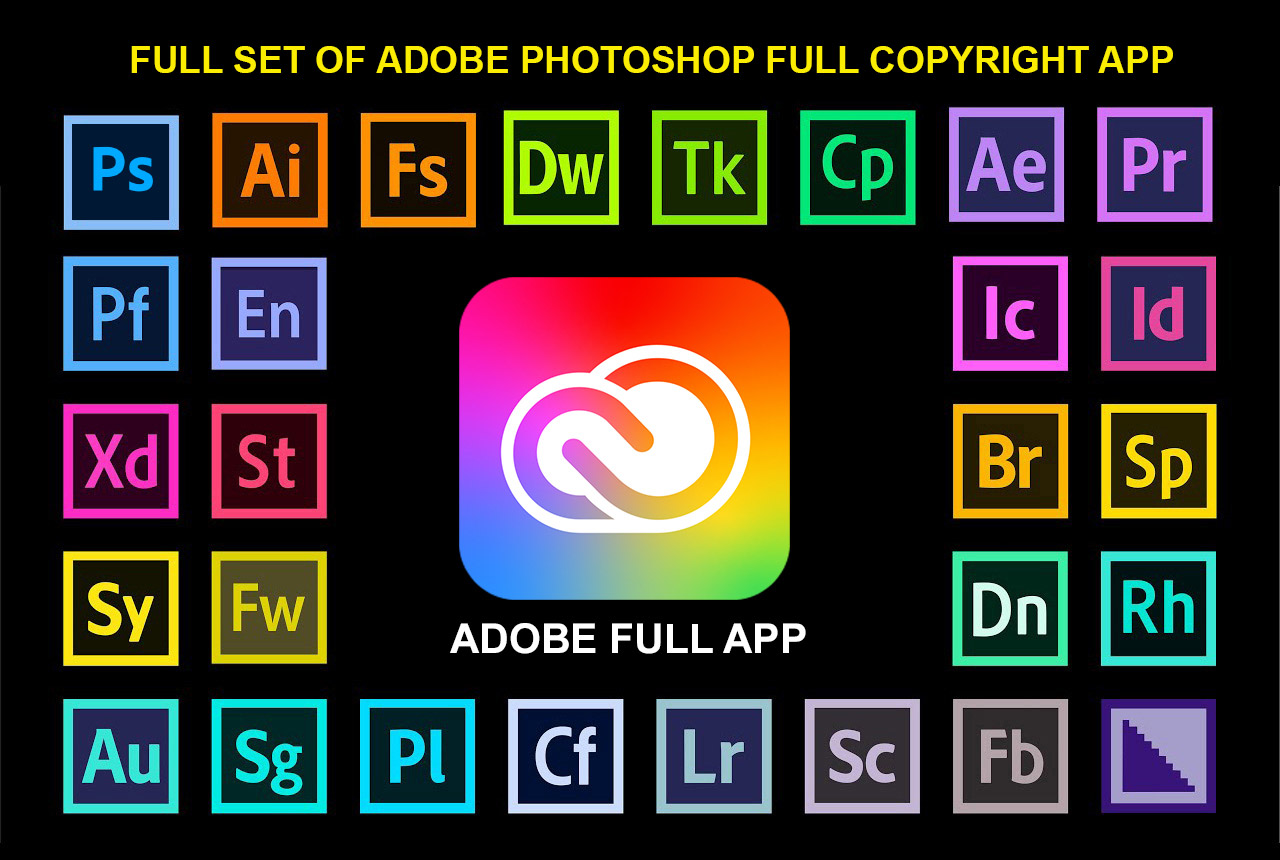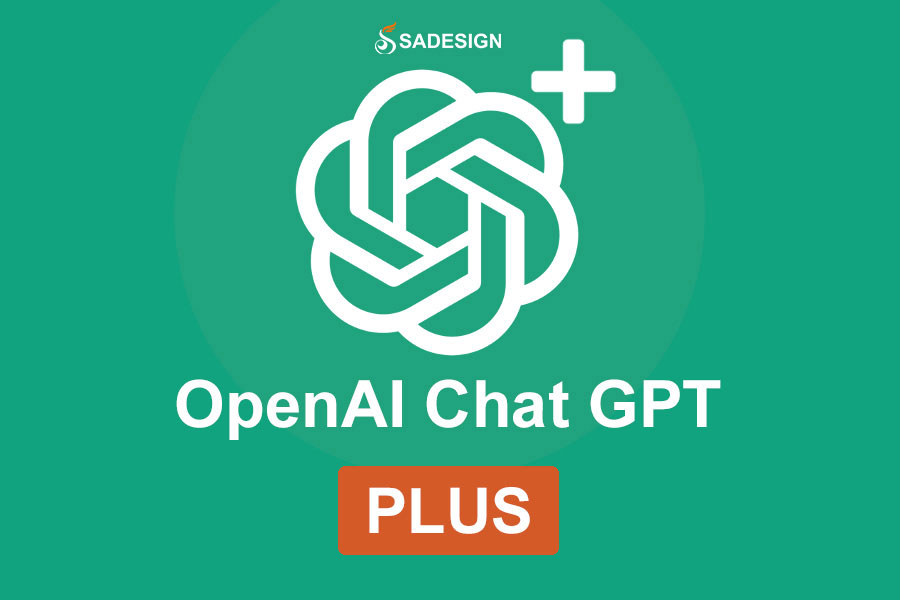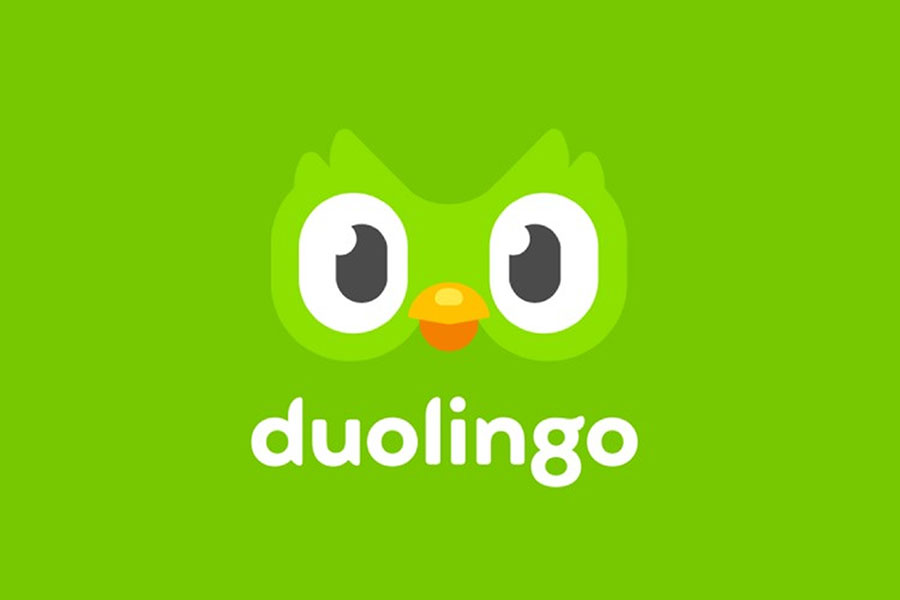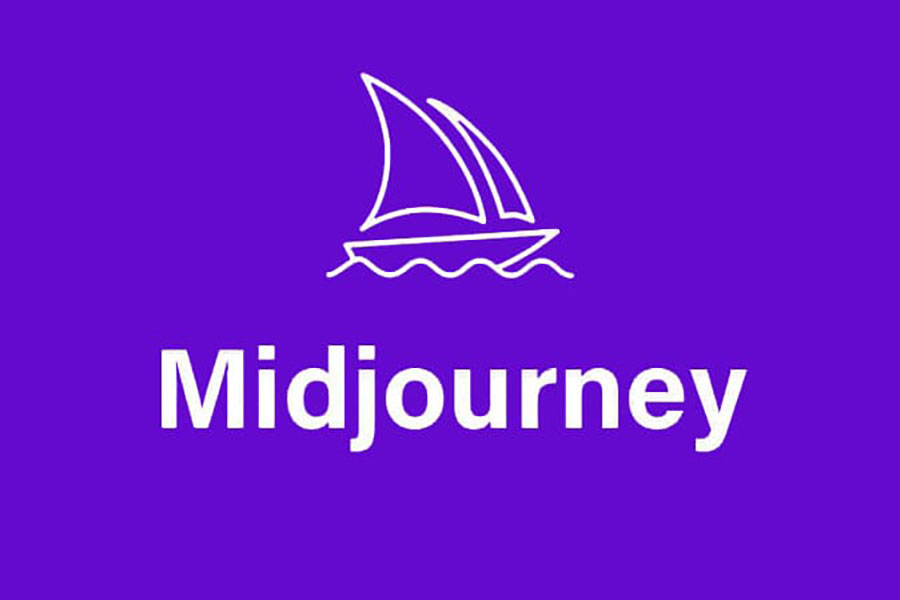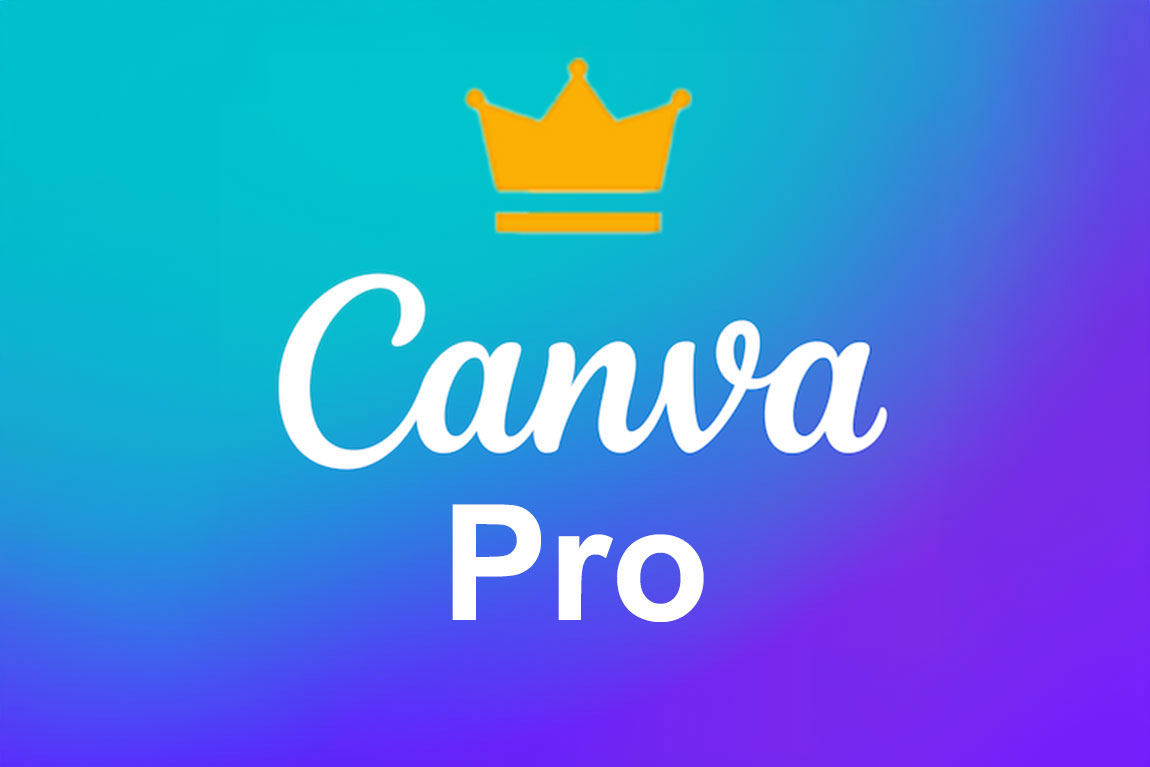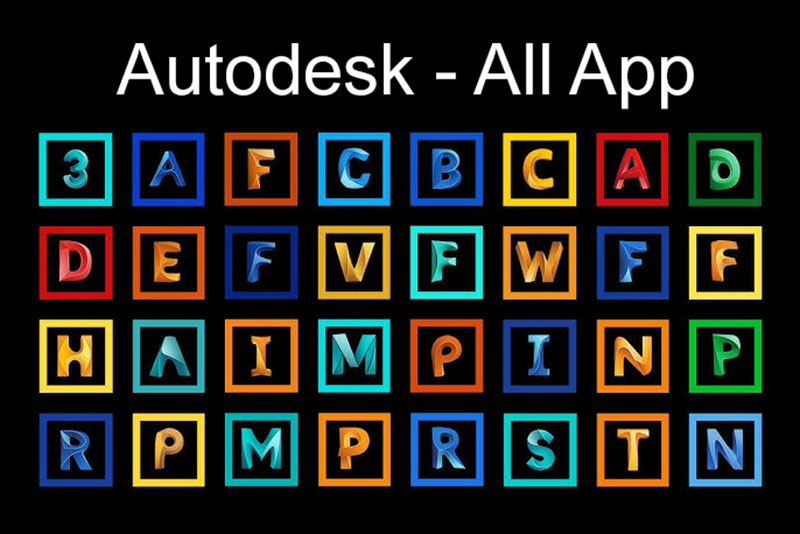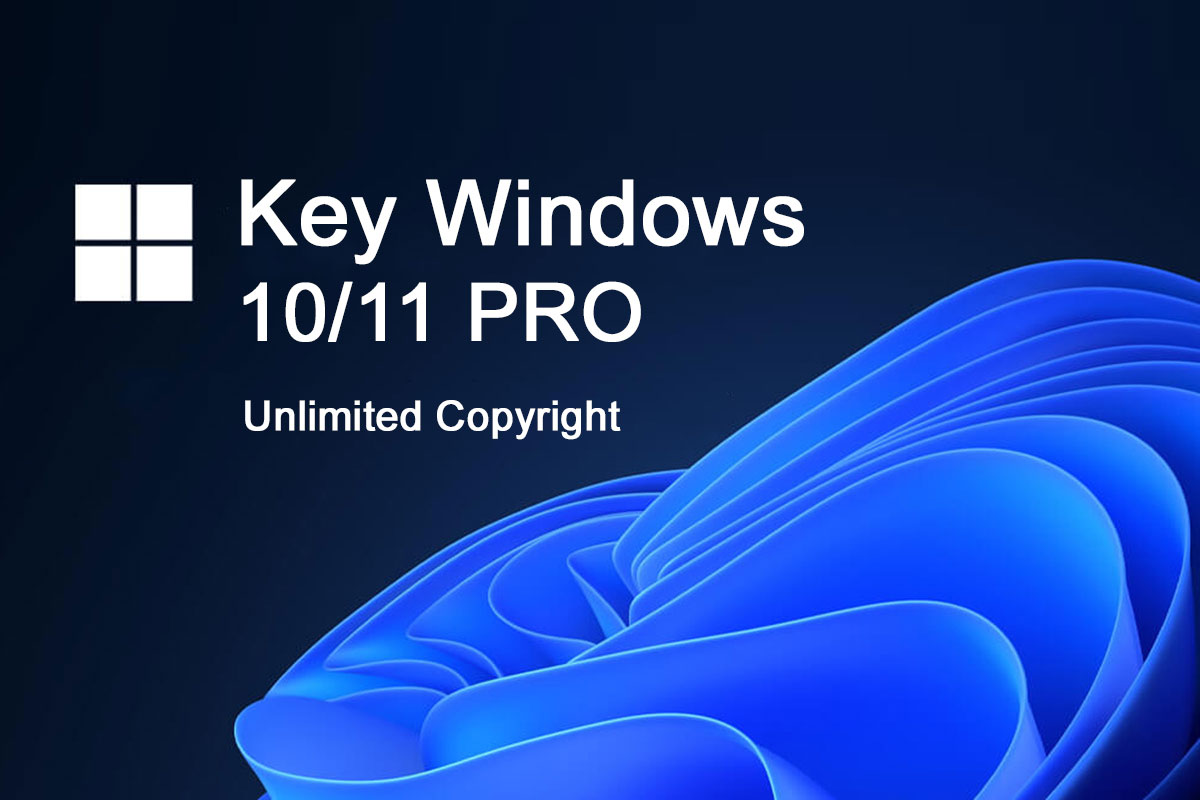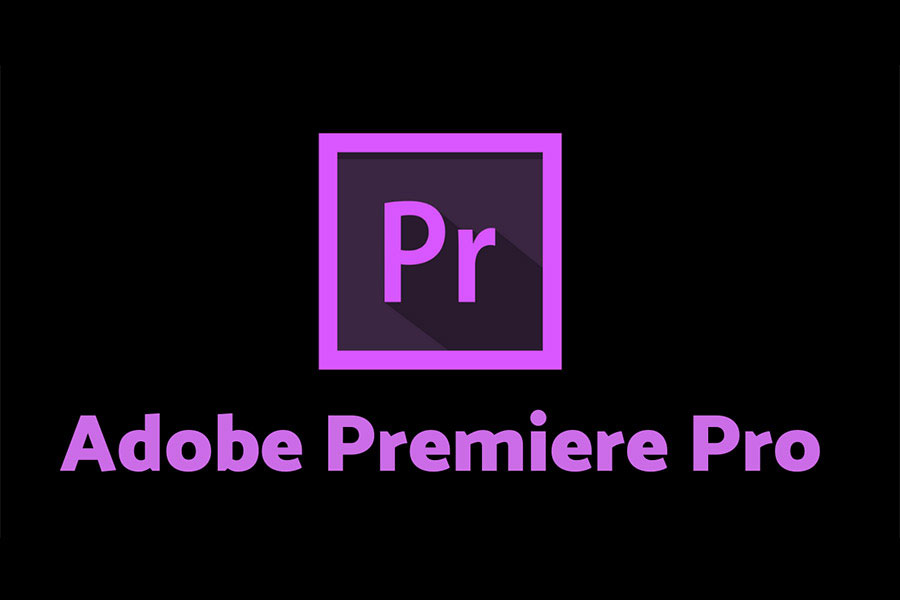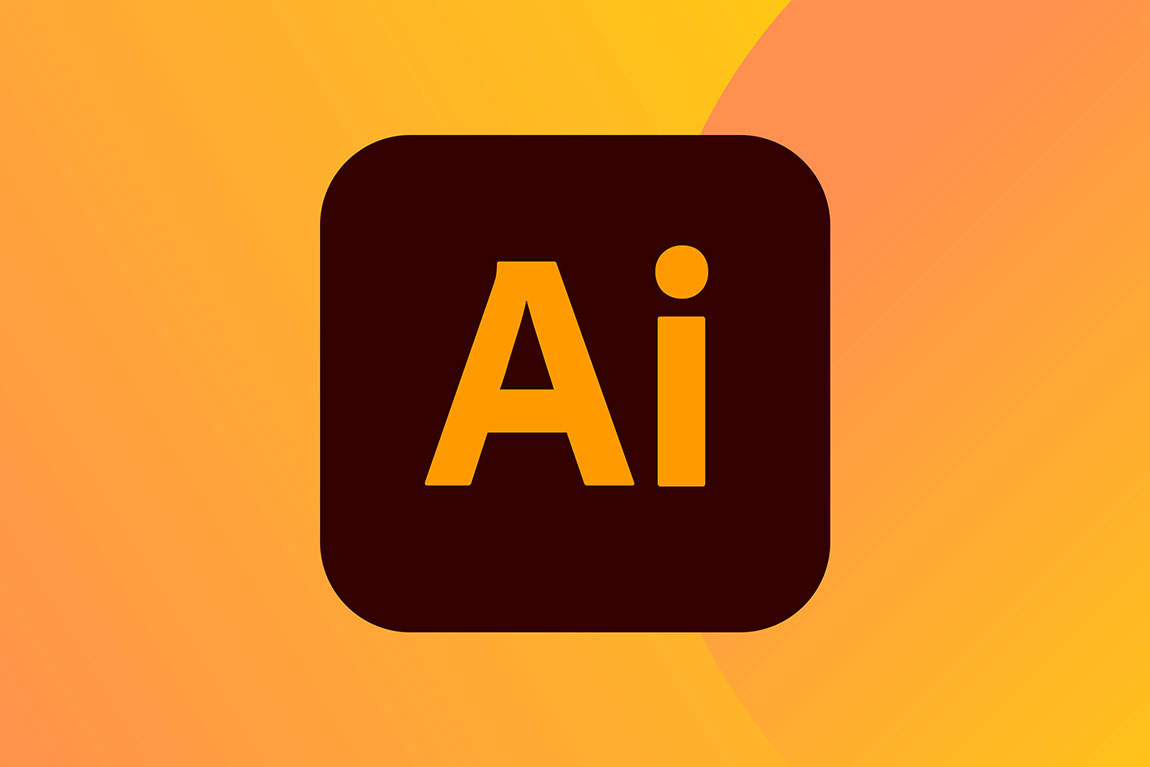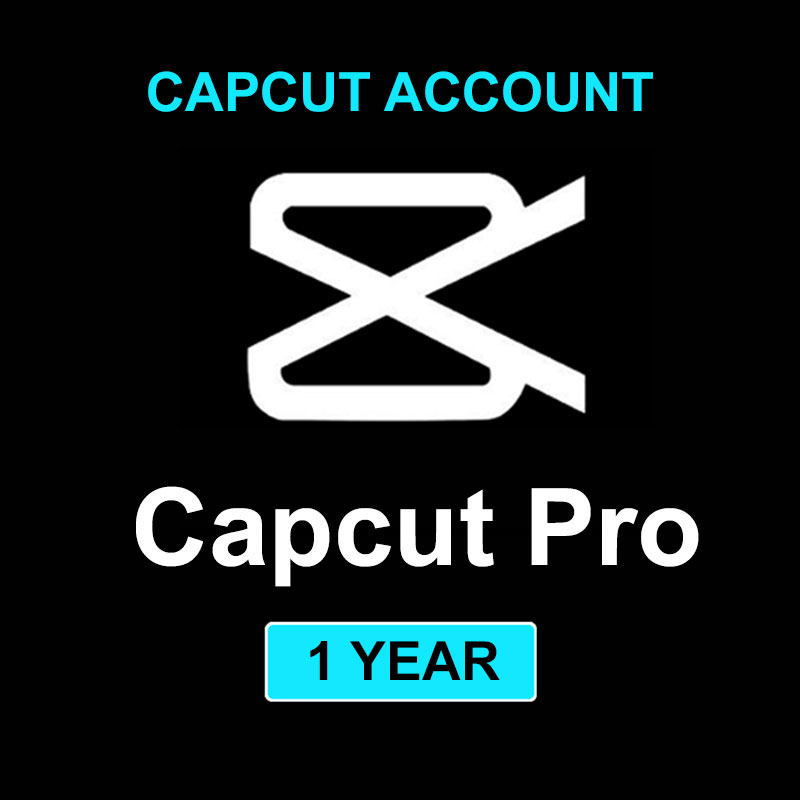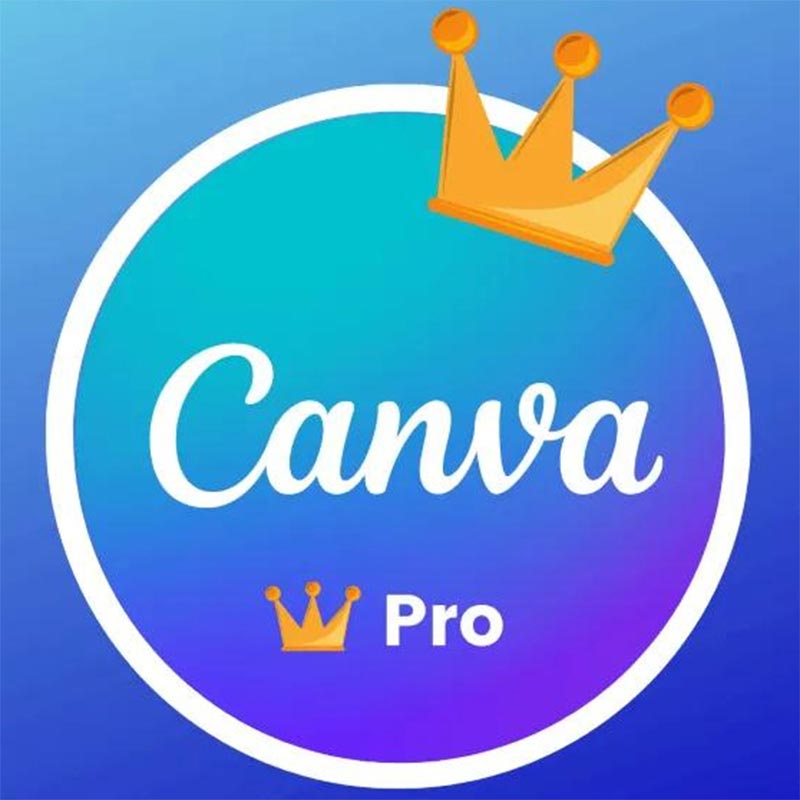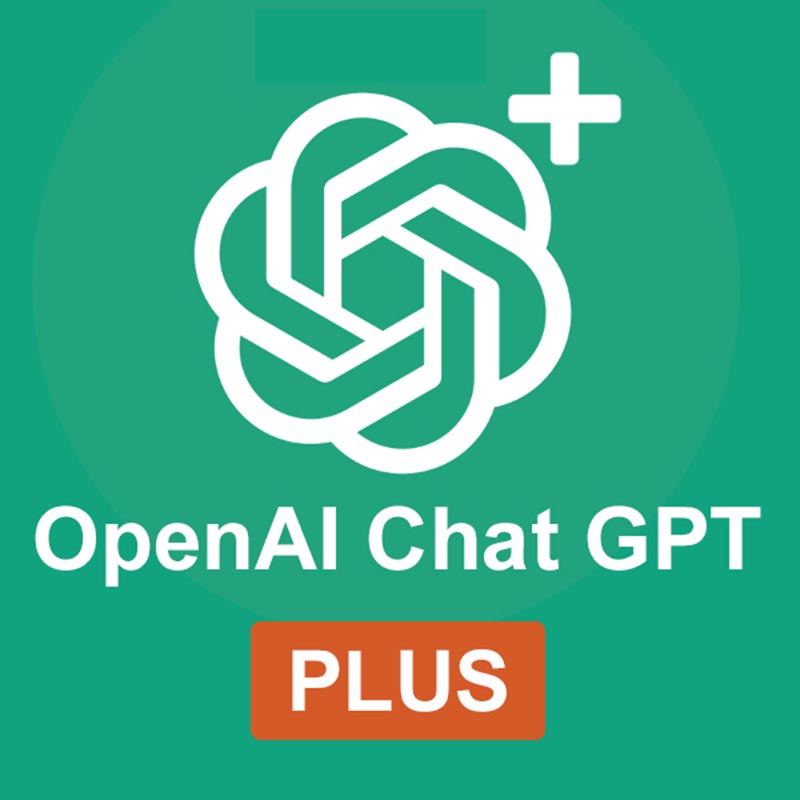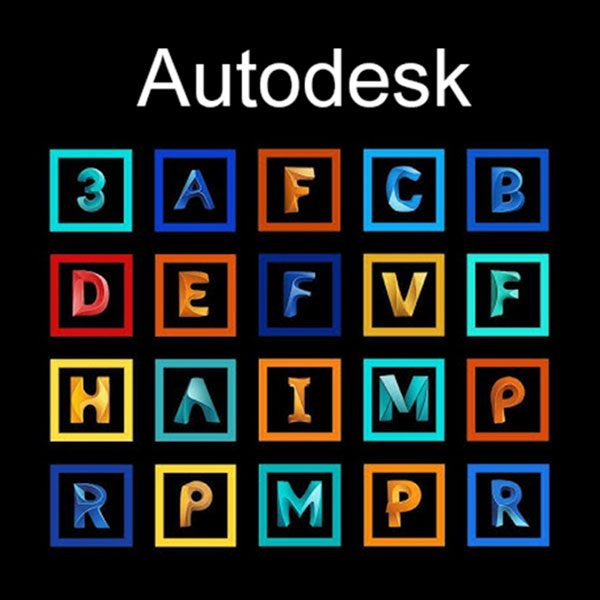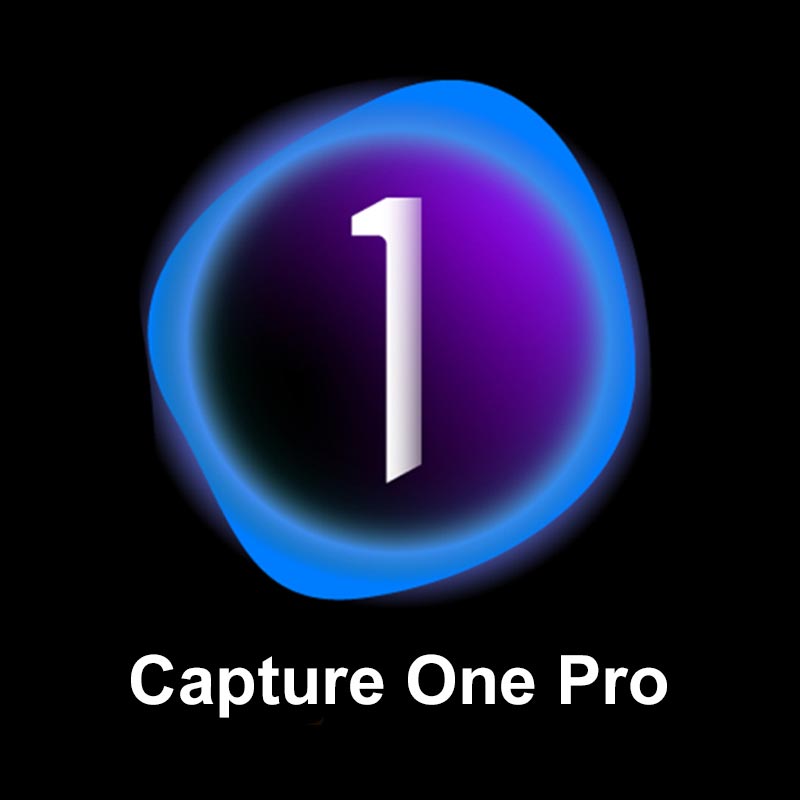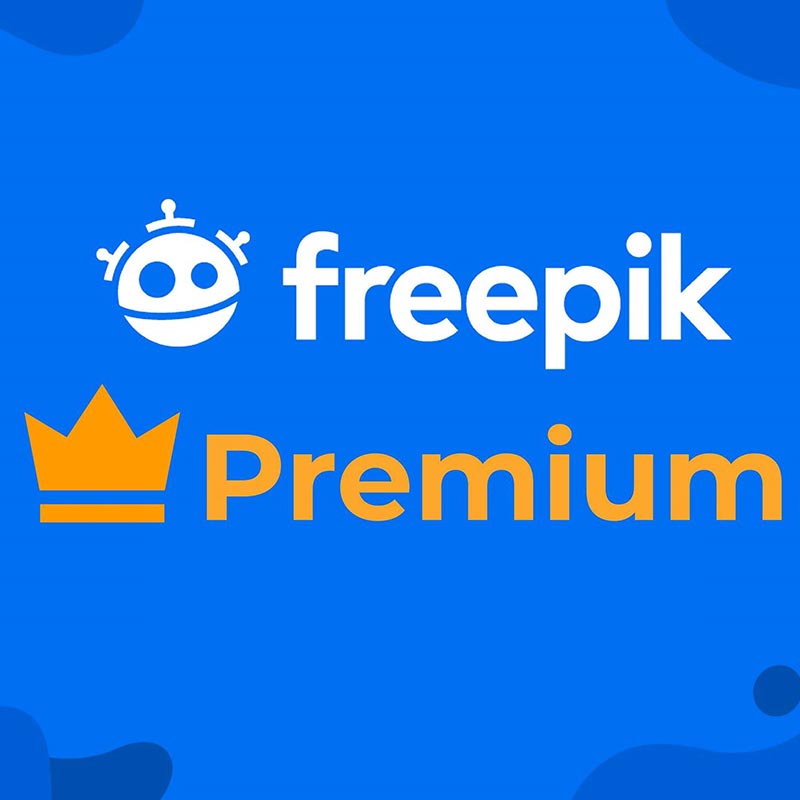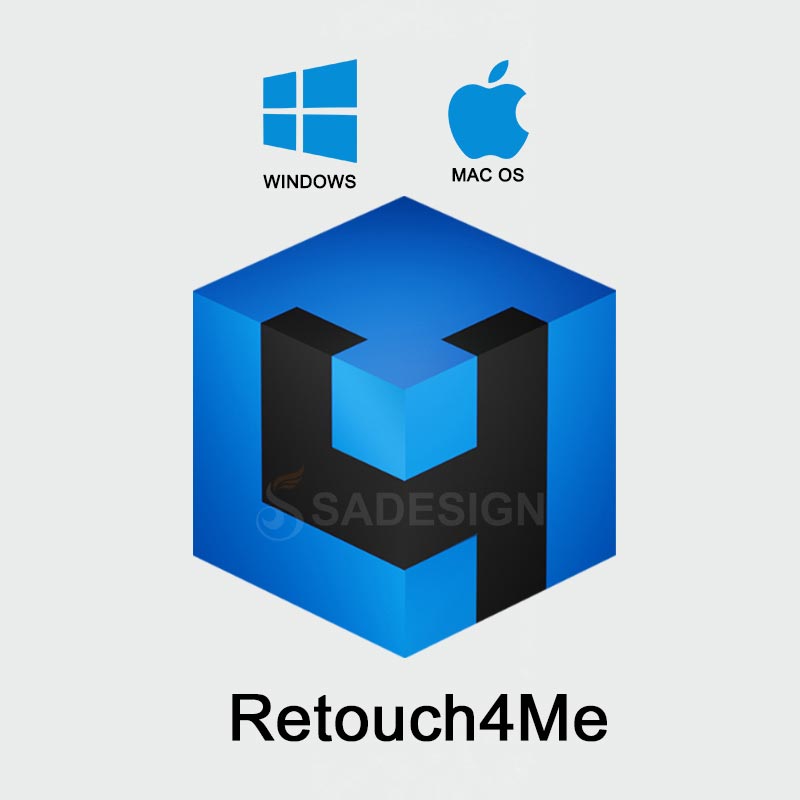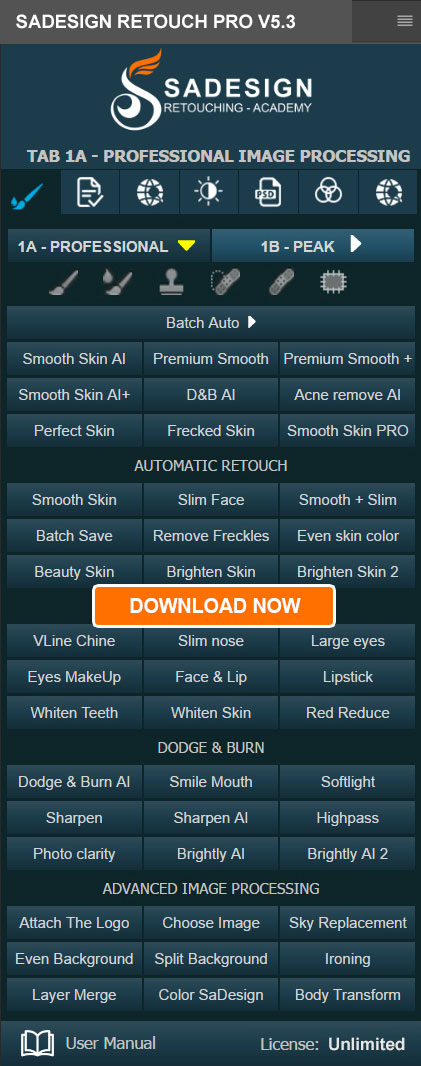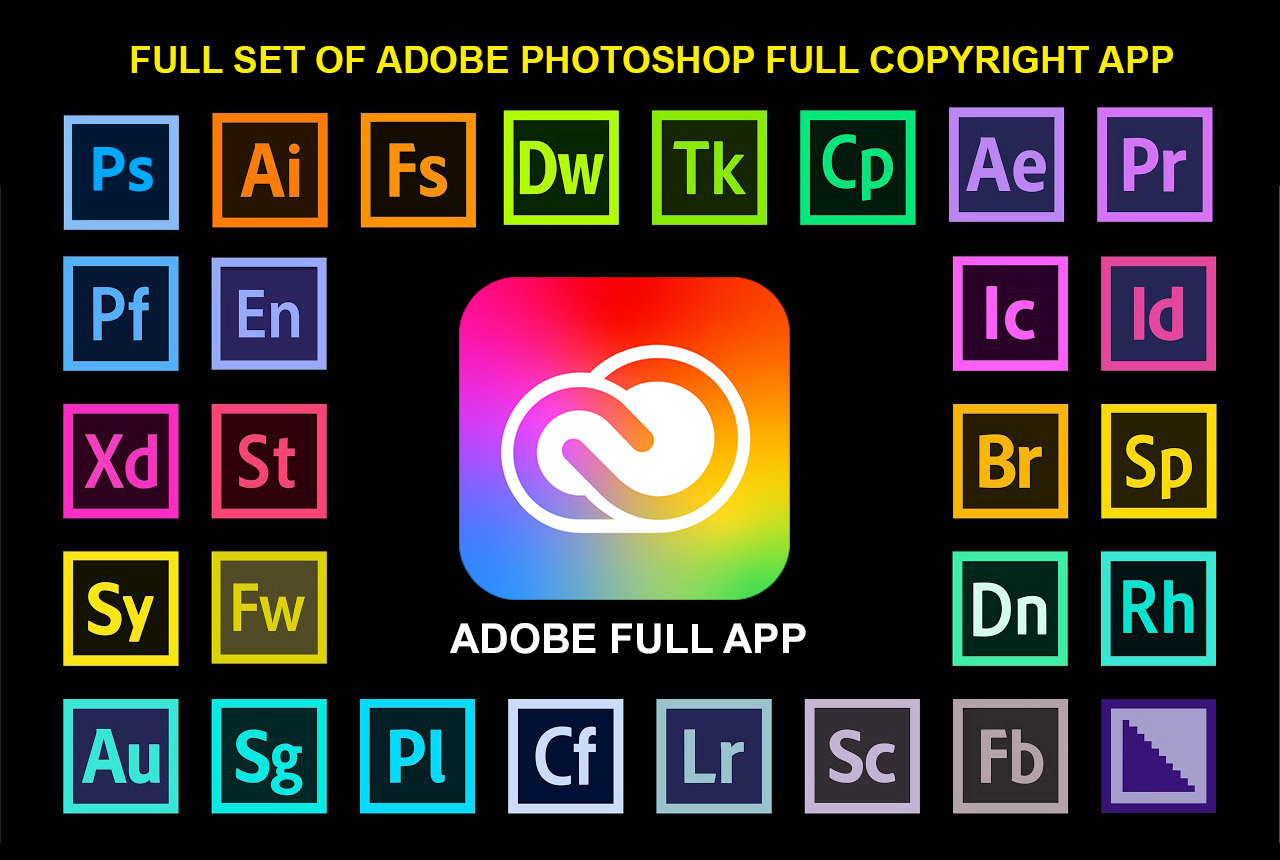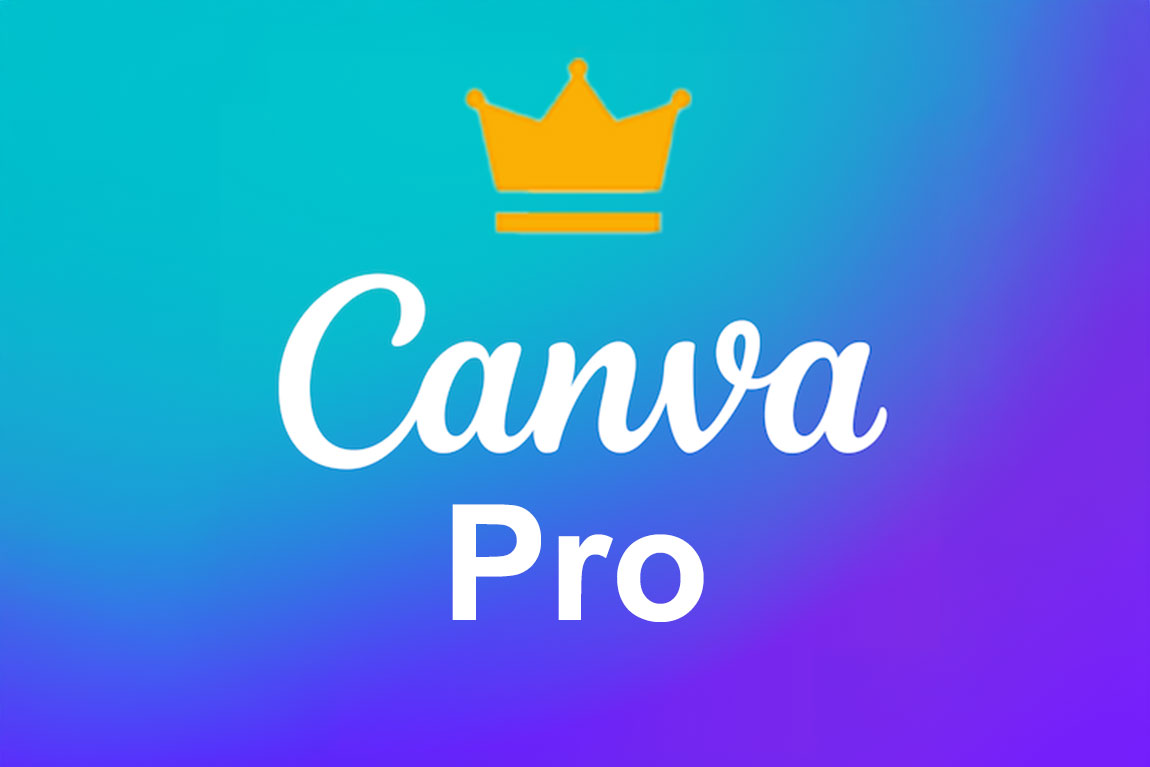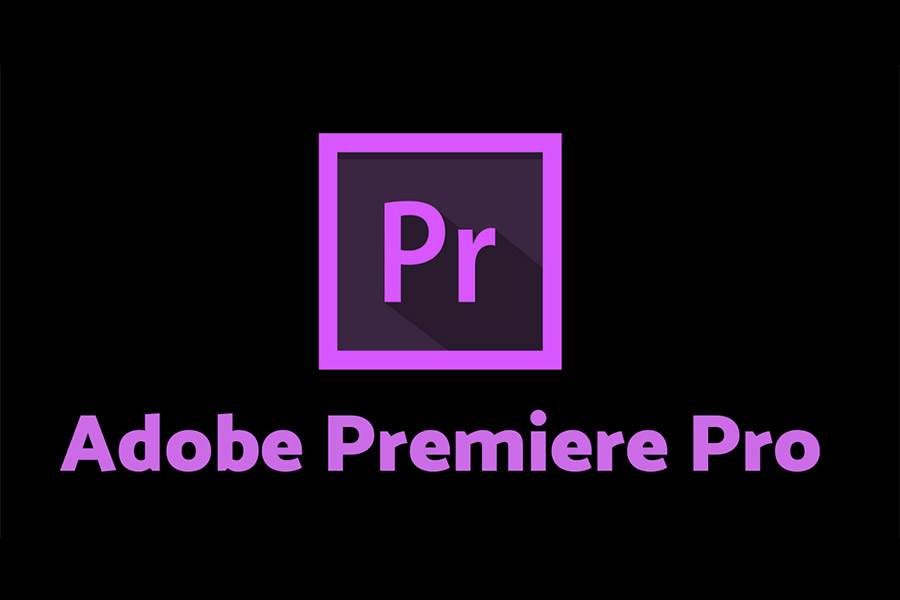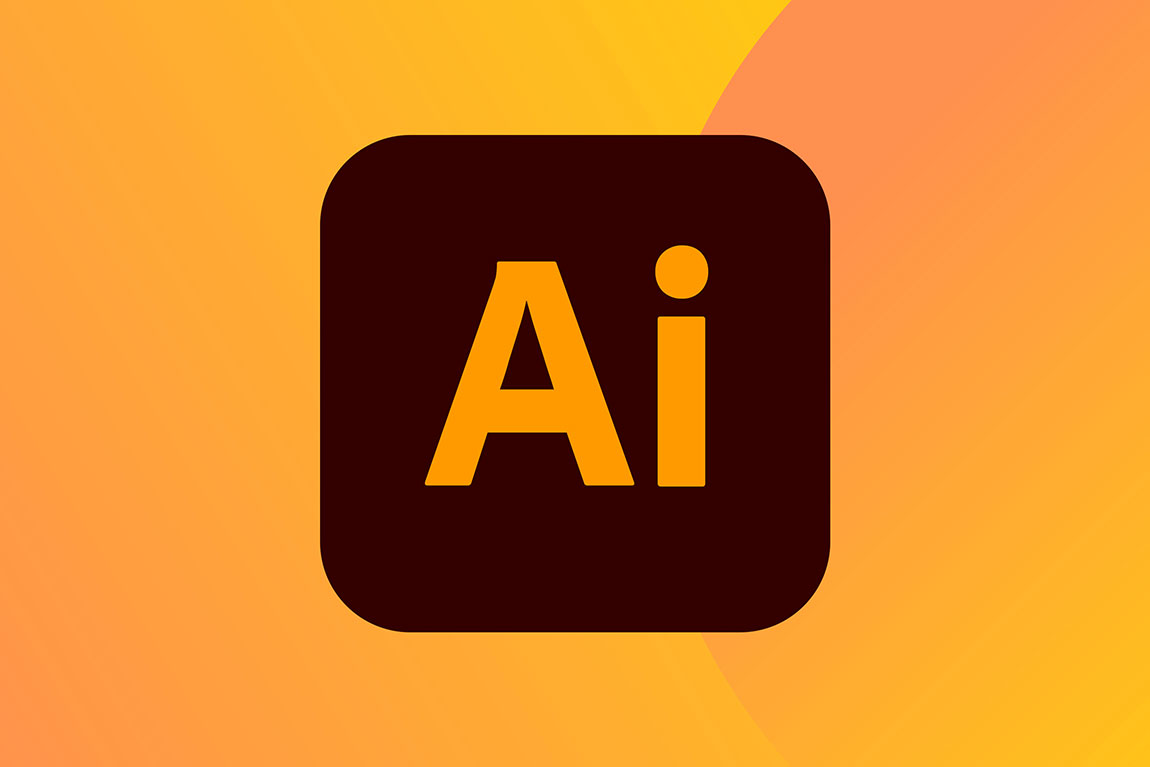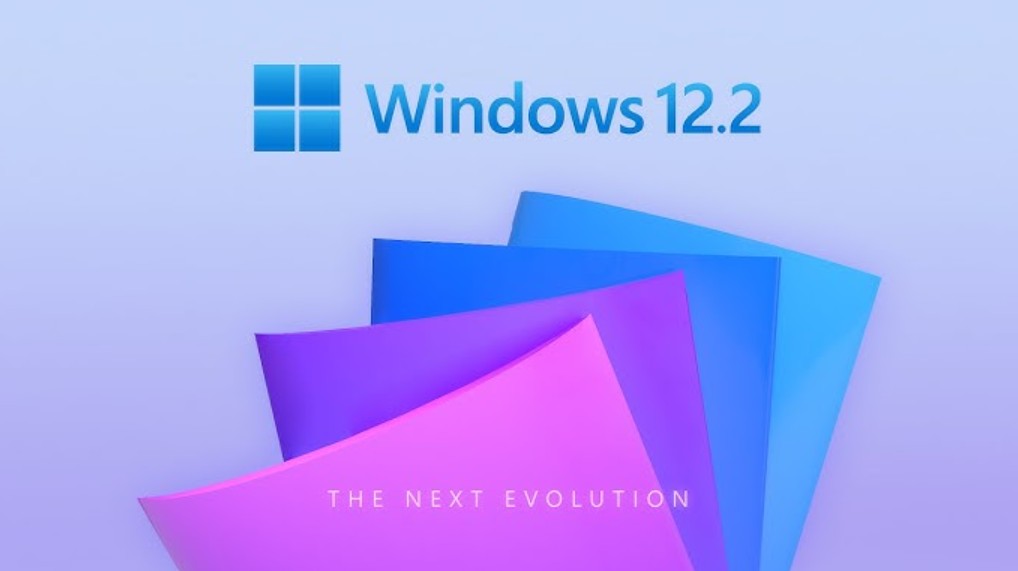Best Selling Products
Google Translate transforms into AI language learning app, threatening Duolingo's position
Nội dung
In the latest version of the Google Translate app on Android, developers have discovered a hidden feature called “Practice”.
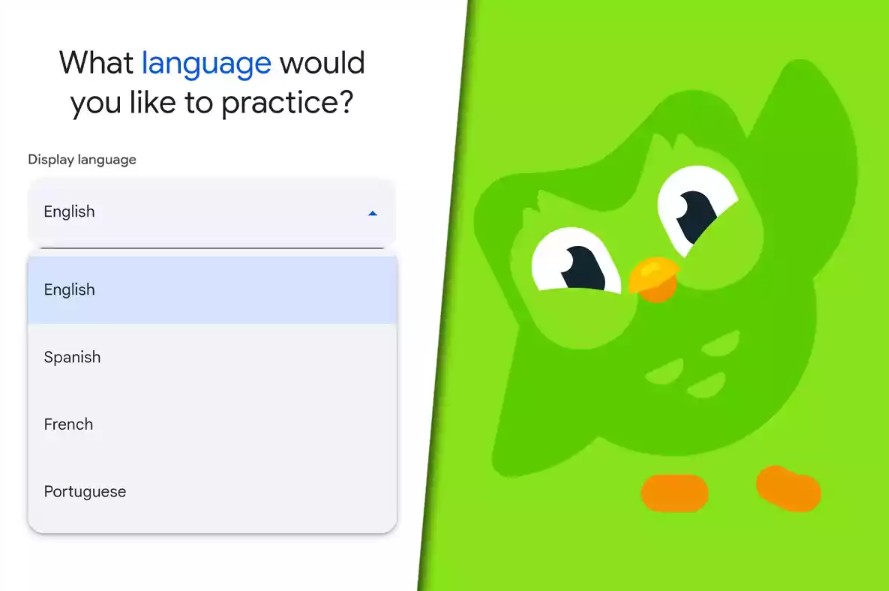
Over the past two decades, Google Translate has become an indispensable tool for hundreds of millions of users around the world. Anyone who has ever traveled, learned a foreign language, or worked in an international environment has used Google Translate at least once to look up vocabulary, translate sentences, or translate long paragraphs. Its power lies in its ability to handle hundreds of different languages, its fast speed, and especially the convenience of being able to use it right on the phone without requiring specialized knowledge.
However, Google Translate has so far mainly played the role of a “smart dictionary” rather than a comprehensive language learning platform. It helps users understand the meaning of words but does not really provide a systematic learning path or an interactive environment to practice communication skills. That is also the reason why specialized foreign language learning applications such as Duolingo, Babbel or Memrise were born and dominated the online education market. But a recent discovery is causing a stir in the foreign language community and the technology world: Google Translate may be preparing a major “transformation”, enough to turn it from a simple translation tool into a direct competitor to the giants in the field of language learning.
1. The ambitious secret feature called Practice
According to a report from the technology site Android Authority, in the latest version of the Google Translate application on Android, programmers have discovered a hidden feature called “Practice”. This feature is not yet publicly available to users, it is in the testing phase (beta), but the initial revelations have shown Google's great ambition.
Practice is not just an extension for translating words or phrases. Instead, it is designed as a real language learning tool with strong support from artificial intelligence (AI). In its initial tests, Practice allows users to participate in interactive lessons that are modeled after real-life communication situations. This means that instead of just translating a sentence from Vietnamese to English or vice versa, you can learn how to communicate in specific contexts such as ordering food at a restaurant, asking for directions while traveling, or describing a job to an international colleague.
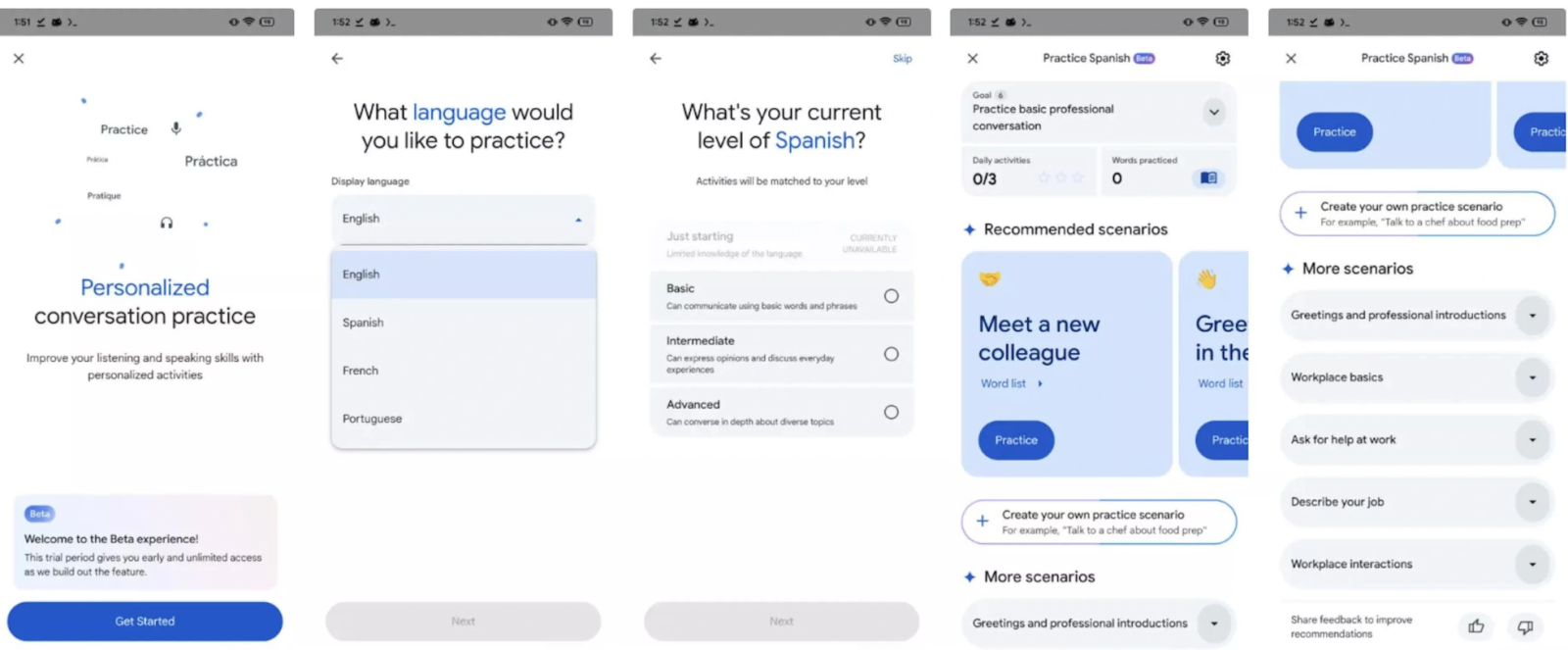
It is worth noting that each situation is divided into small lessons, going from easy to difficult, from simple to complex. This approach helps learners absorb knowledge naturally, gradually forming language reflexes without feeling pressured. Instead of memorizing dry vocabulary lists, you will learn new words in real-life contexts, which are much easier to remember and apply.
2. Personalization capabilities
One of the breakthrough elements of Practice is its high level of personalization thanks to the power of AI. While many current foreign language learning applications offer general courses by level, Practice allows users to create their own learning situations that suit their needs.
For example, you are going on a ski trip to France and want to prepare vocabulary related to cold weather, ski equipment, how to ask for directions to resorts. Instead of learning general topics, you can ask Practice to create a personalized lesson with the right vocabulary and communication sentences. This is a great advantage because each foreign language learner has different goals: some want to communicate for travel, some need to learn for work, others want to practice for a certificate exam.
Not only does it customize the content, the system also has the ability to closely monitor your learning progress. AI will record the words you have learned, common mistakes, and adjust the difficulty of the next lesson accordingly. Thanks to that, learning becomes more suitable, not too boring, nor too difficult to make you give up.
Practice is also expected to integrate a smart reminder system, helping to maintain the habit of learning foreign languages every day. Educational research shows that continuous learning in short cycles is much more effective than learning in one go. Therefore, the ability of AI to remind and motivate will play an important role in retaining users.
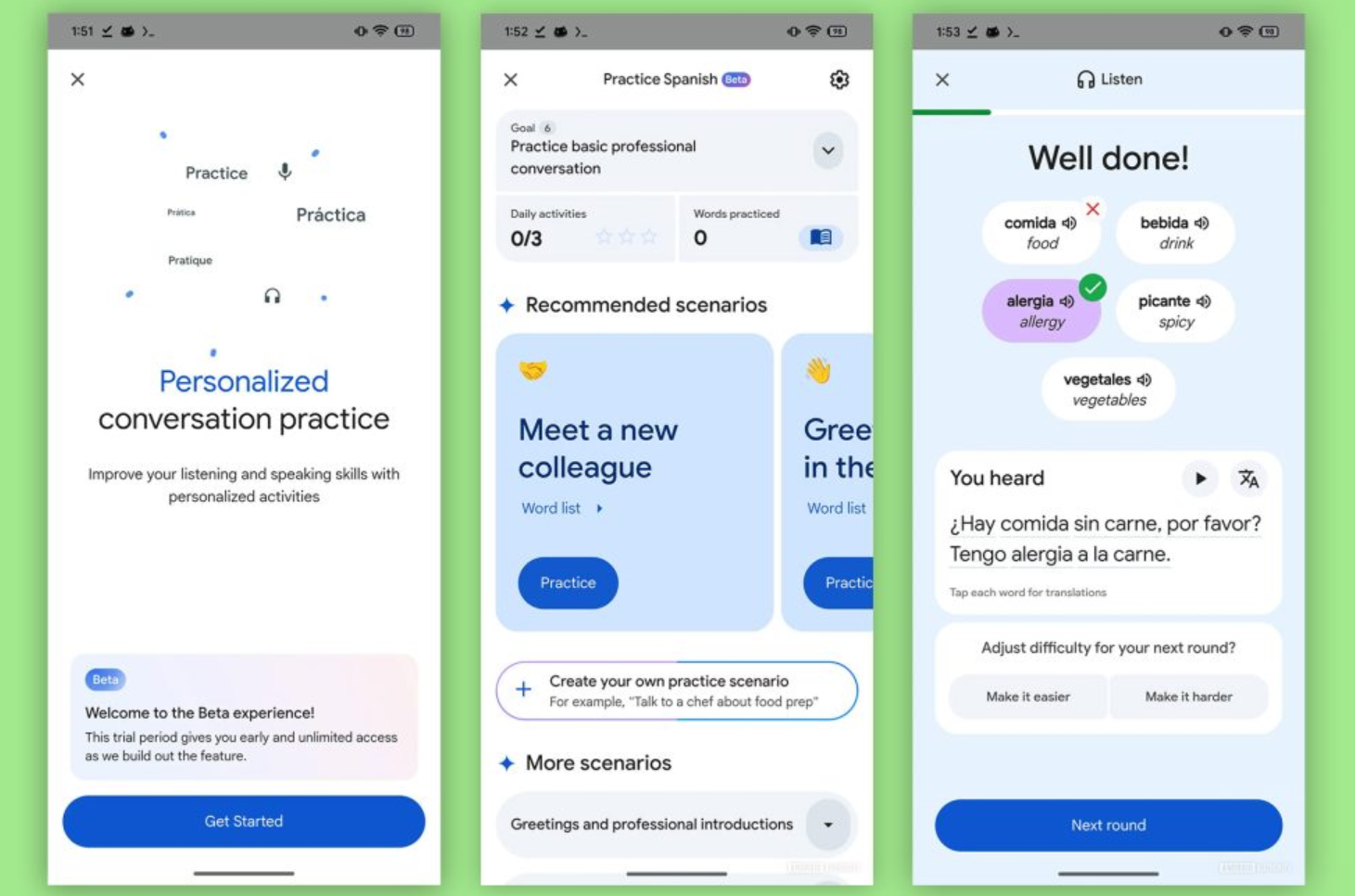
3. Gamification
One of the factors that contributes greatly to Duolingo’s success is its “gamification” strategy. Learning a foreign language is often considered dry and boring, but when it is turned into a game with rewards, challenges and rankings, learners’ motivation increases significantly.
Google has clearly seen this coming. According to early leaks, Practice will follow a similar pattern. Learners will be rewarded for completing daily goals, get reminders when they’re about to miss a series of lessons, and there may even be a leaderboard to compete with friends or other users. When entertainment is combined with personalized content and powerful AI, Google Translate could become an effective and engaging language learning platform.
The addition of Practice is more than just a feature update. It reflects a strategic shift for Google. From simply providing an instant translation tool, Google wants to transform Google Translate into a comprehensive language learning platform where users can translate, learn, and practice communication at the same time.
Early indications are that Practice is currently in a limited beta phase and will likely be a premium feature, possibly requiring a subscription when it officially launches. Integrating Practice into Google’s broader AI ecosystem, which includes Google Gemini and other services, could provide a seamless experience for users: from instant translation, to vocabulary learning, to pronunciation practice, to chatting with an AI assistant.
With major tech companies racing to integrate AI into their products, Google can’t stand aside. They’ve made great strides with Gemini, Bard, and a host of other AI services. Now, bringing AI to Google Translate to turn it into a full-fledged learning tool is a logical and potentially promising move.
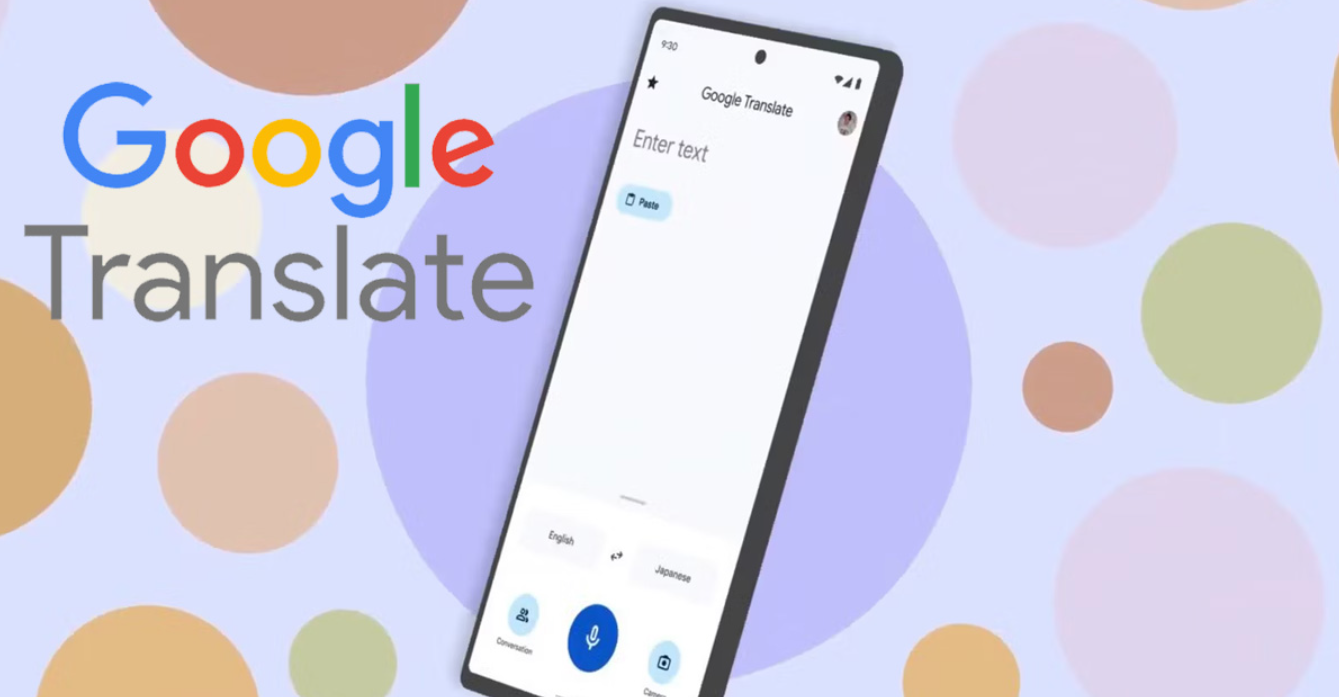
4. Fierce competition in the foreign language learning application market
The language learning app market is already crowded with big names. Duolingo now has tens of millions of monthly active users, while Babbel, Busuu and Memrise also have large learner bases. These companies are also integrating AI into their products to enhance personalization and engagement.
However, Google has a unique advantage that is hard for competitors to match. First, Google Translate already has billions of downloads and a huge global user base. Launching a new feature on an existing platform helps Google save on marketing costs while still ensuring coverage. Second, the language data that Google has collected over the past 20 years is a treasure trove for training AI models. Not many companies have as rich and diverse a data set as Google.
It is these advantages that make Google's entry into the AI-based language learning market promise to create fierce competition. Duolingo and its competitors will have to constantly innovate to retain users if they do not want to be surpassed by this "tech giant".
If Practice is widely deployed, it will be more than just a routine upgrade, but could be a “turnaround” that reshapes the way millions of people approach language learning. Learning with AI offers many clear advantages: the ability to personalize to individual goals, learn in real-world contexts, continuous interaction with a virtual assistant, and most importantly, much lower costs than hiring a tutor or taking a traditional course.
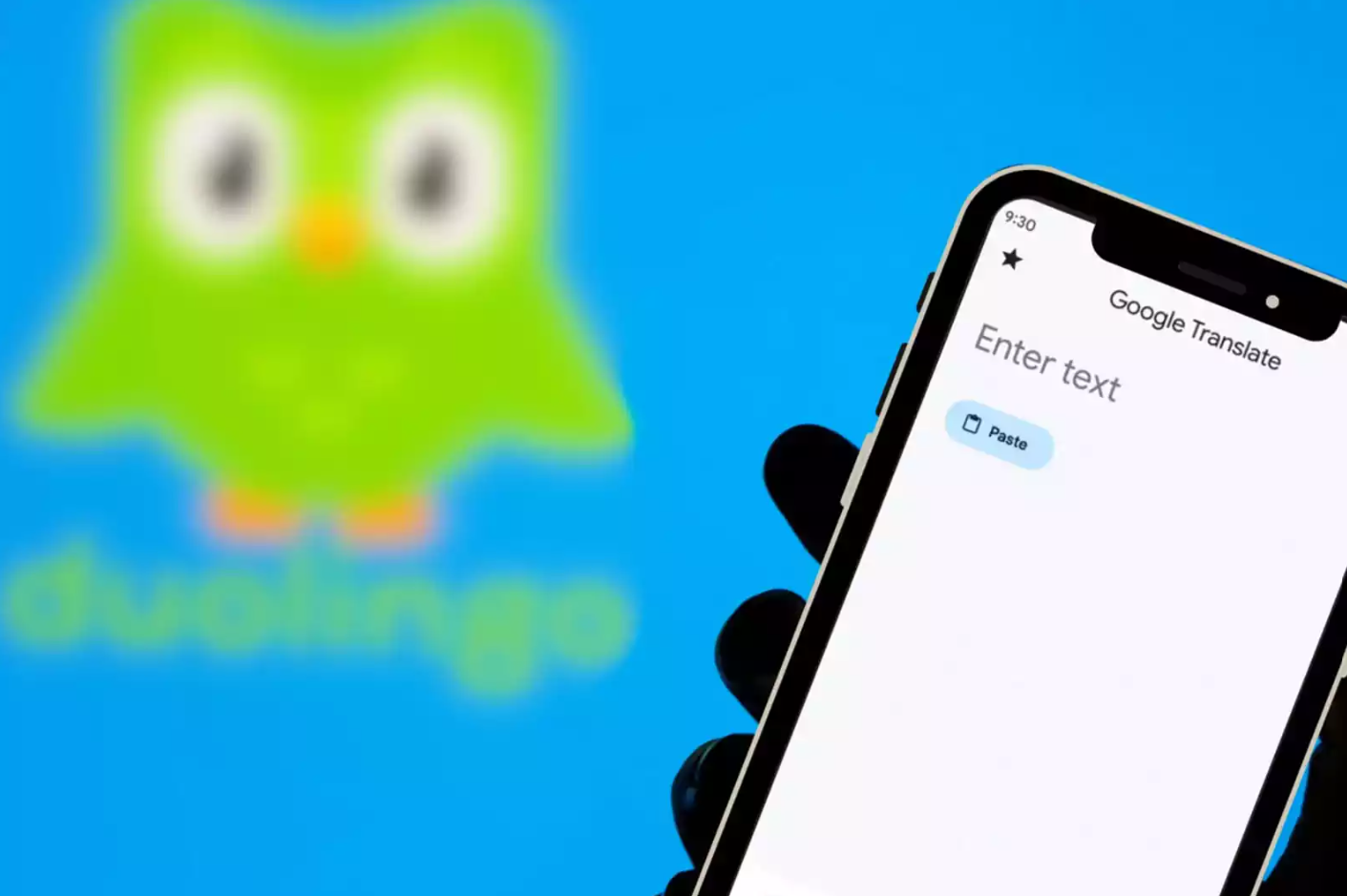
In the future, we can imagine a scenario where users travel and learn a foreign language right on Google Translate. When you arrive in a new country, AI will not only translate for you but also suggest contextual lessons: how to order local food, how to ask for directions, even polite phrases to make a good impression on the locals.
To truly “dethrone” Duolingo, however, Google will need to prove that Practice is not just a side feature but a serious learning platform with quality content. Users may be willing to pay, but in return they expect real value: deep knowledge, rich lessons, and clear results.
5. Conclusion
The presence of Practice in Google Translate is a clear sign that the AI race in language education is entering a more intense phase than ever. Google has the potential to become a major player in this market. If successful, they could not only expand their ecosystem of services but also change the language learning habits of hundreds of millions of people.
Duolingo and its competitors certainly aren’t going to stand still. This competition will benefit users the most as they have more options, better technology, and more effective learning methods. The future of language learning may be tied to personal AI assistants, and Google’s move with Practice is just the beginning of a new era.

